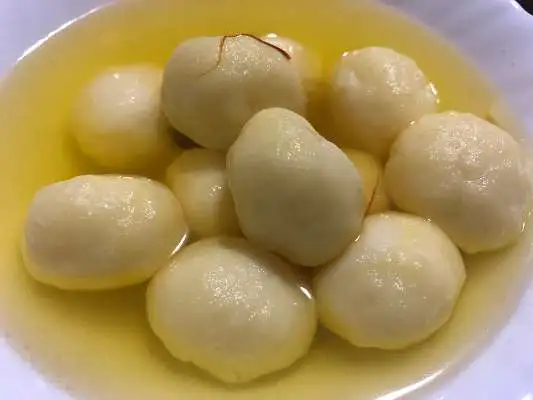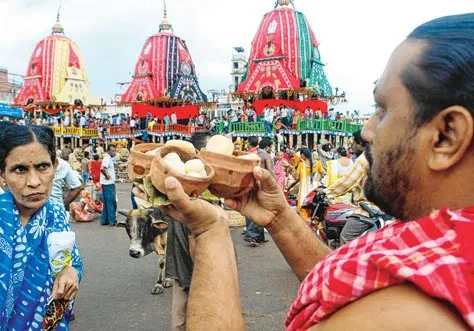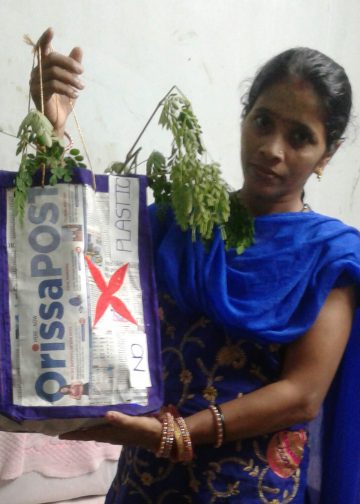In Odisha, there’s a day when sweetness is not just tasted — it’s celebrated. That day is Rasagola Dibasa. Marking the legacy of one of India’s most iconic desserts, this celebration goes beyond food — it’s a tribute to culture, devotion and the timeless tale of divine love between Lord Jagannath and Goddess Lakshmi.
For Odias, Rasagola is much more than a dessert. It is a symbol of cultural pride and culinary craftsmanship. On this day, people indulge in the sugary delight while paying tribute to its deep-rooted connection with the land and its traditions.

Though Rasagola is now famous across India, its origins lie in the temple town of Puri, Odisha. For generations, sweet makers in the region have perfected the art of blending ‘chhena’ (cottage cheese) with sugar syrup to create this melt-in-the-mouth delicacy.
Also Read: Odisha Governor, CM share warm greetings on Rasagola Dibasa
The tradition goes back centuries and is closely tied to the rituals of Lord Jagannath. According to folklore, during Rath Yatra, when the Lord travels to Gundicha Temple —his aunt’s house — his consort, Goddess Lakshmi, feels slighted for not being included. In an effort to make amends, Lord Jagannath offers her Rasagola upon his return, symbolizing love, reconciliation, and harmony. This offering is re-enacted each year during the ‘Niladri Bije’ ritual.
Rasagola Dibasa, therefore, isn’t just about relishing a sweet — it’s about honouring a divine love story and the values of unity and forgiveness it represents.

The significance of this day was further cemented when Odisha Rasagola received its Geographical Indication (GI) tag on July 29, 2019. Recognized under the Geographical Indications of Goods (Registration and Protection) Act, 1999, the GI tag validates the sweet’s origin and uniqueness.
By celebrating Rasagola Dibasa, people not only savour a timeless treat but also salute the skills of traditional sweet makers.
PNN






































